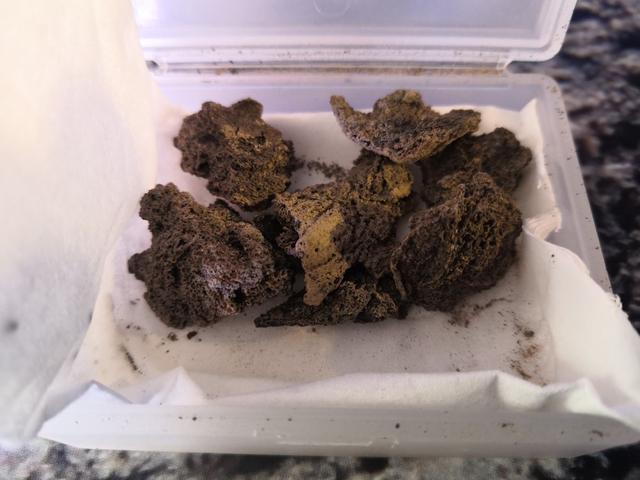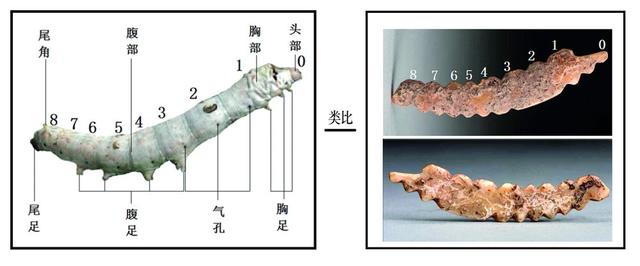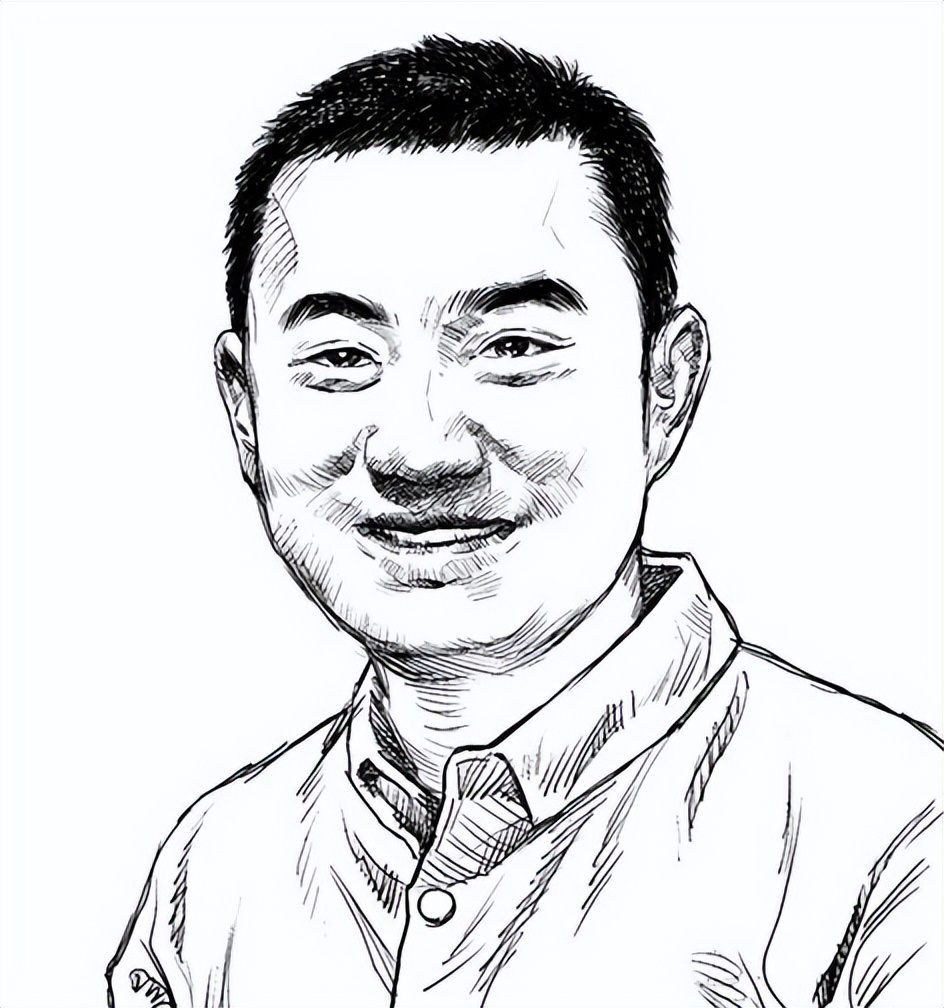Tooth carving silkworm: silkworm civilization starts from this
Author:Henan Daily Client Time:2022.09.03
One day about 5,300 years ago, a fat silkworm was spit in the Yiluo River, and a fat family silkworm was spitting.
After 5300, archaeologists shoveled the dust of history with their hands, and tooth carved silkworms "broke the soil" at the Shuanghuashu site of Zhengzhou. It is the earliest silk carving artwork discovered by China so far, which has important research value for the search for "the origin of Chinese silk".
On September 1, the 9th China Museum and related products and technology expo opened in Zhengzhou, Henan. The crowd turned to this national treasure -level cultural relic again.

This is a tooth carving silkworm unearthed from the Shuanghuashu site of Zhengzhou (data) (data photo) (information photo) (photo)
This is only 6.4 cm in the silkworm carved with wild pigs, less than 1 cm wide, and 0.1 cm thick. Its shape is very similar to modern silkworms. The back of the back, the head and tail, and the tight "C" posture, as if it is about to spit it or is spitting, both shape and spirit.
"The material of the wild pig's teeth is basically transparent, which is in line with the characteristics of the silkworm body transparent at the silkworm spitting stage; the side of the tooth carved silkworm is the original surface of the teeth because the silkworm body will be yellow during the rustic stage." Zhengzhou Cultural Relics and Archeology Research Institute The dean Gu Wanfa believes that the exquisite craftsmanship of the tooth carving silkworm can be seen from the selection of materials.
Why is a small piece of tooth carved silkworm that is so important?
China is the earliest country in the world to domesticate silkworms and silk woven silk. As early as the Yellow Emperor's era, the story of "the ancestors started silkworm" was circulated; around the Warring States Period, the ancient Greeks had called China the "Silk Kingdom"; in the Han Dynasty, with the opening and prosperity of the Silk Road, silk became One of the signs of Chinese civilization is passed on to all parts of the world.
The history of Chinese civilization is always inseparable from mulberry and silk. The exploration and research on the origin and development process of Chinese silkworms and silk is also a key topic for the exploration of Chinese civilization.
In 1926, Li Ji, the "father of archeology" in China, discovered half of the cocoon at the site of Xiyin Village, Shanxi. Since then, several generations of Chinese archaeological people are obsessed with "finding silk". Among the many prehistoric sites in my country, they have found rich archeological empirical materials related to silkworms and silk:
At the Shuangdun Site of Bengbu, Anhui, the bottom of the bowl bottom of more than 7,000 years, portrait images with real silkworm spit silk; at the site of Shi Village, Xia County, Shanxi, the stone carving silkworm pupae, which has been unearthed more than 6,000 years ago; In the coffin, it was found that there were residual silk fabrics that were more than 5,000 years ago. One of them was identified by experts as the romance in the "Satis satin".

This is the carbonized silk fabric (data photo) unearthed from the Wanggou site of Puyang Puyang (Photo of Zhengzhou Cultural Relics Bureau)
"But there are still key issues to be clarified: Is these silkworms wild or domesticated? Has the ancient ancestors used the large -scale use of silk? It has always been a difficult puzzle." Gu Wanfa said.
The discovery of the Two locusts ruins, the above -mentioned "puzzle" is solved.
"It is extremely important to identify this through the spit gesture, which means that it is not the general manifestation of the ancient people or the simple pet performance of the object, indicating that the ancients in the Central Plains region had mastered the technology of nourishing the sanctuary." Gu Wanfa said. Essence
"A typical characteristic of Chinese civilization is Nong Sang Civilization and Silk Civilization. The agriculture of representative culture in various places in China is relatively developed, but around 5300 years ago, in addition to the" Ruhilo Ancient State 'Shuang locust tree site, There are no precise discovery related to the mulberry textile industry in other parts of the country. "Li Boqian, a professor at Peking University and chief scientist at the Xia, Shang and Zhou Duan project.

This is the comparison chart of the tooth carved silkworm and modern family silkworm unearthed from Shuanghuashu site (data photo) (Photo of Zhengzhou Cultural Relics and Archeology Research Institute)
The tooth sculpture silkworms and a large number of crops of the Shuanghuai Tree site, together with the Yangshao periods discovered by nearby Qingtai, Wanggou and other sites, have fully proved that in about 5,300 years ago, the Central Plains has formed a relatively complete agricultural area. Sang civilization form.
Li Boqian bluntly stated that the settlement group of the Yellow River Basin, headed by the Shuang locust tree, is the earliest representative of the era in the history of the development of Chinese farm and mulberry civilization.
Today, at the exhibition hall of the Archaeological Museum of Cultural Relics and Archeology of the Zhengzhou City, there are constant audiences to see the style of tooth carving silkworms. This lifelike "carved silkworm" tells the people today about the lives of the ancestors' "Yellow River, Farm and Mulberry" more than 5,000 years ago ...
(Xinhua News Agency reporter Gui Juan and Yuan Yueming Video Reporter: Ren Zhuoru)
- END -
Statium Lights | Cultural Relics can be proved to national memory or national memory

In the forty -first year of Qianlong, Jiang Yuanshu, the prefecture of the Taiwan ...
What sentences and poems can heal: sad, sad, worried, confused?

One poem and one article every day's original poems and dreams, don’t pass by wit...